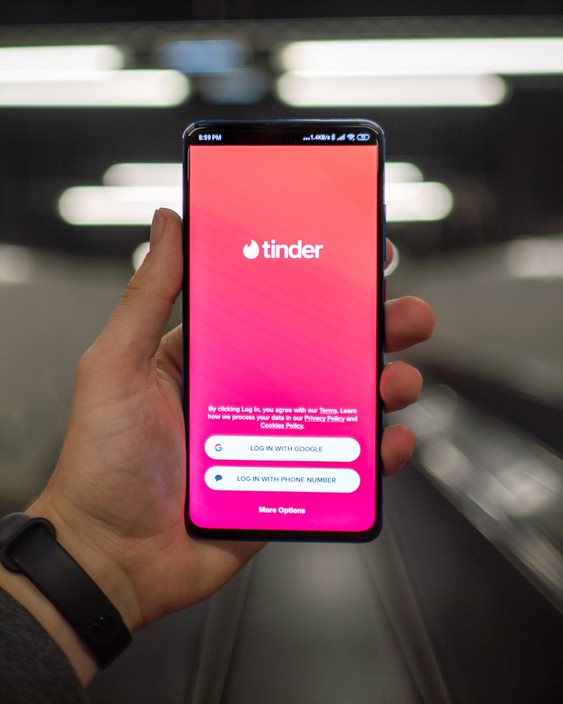Should you delete Tinder?
February 15, 2021
Since the release of Tinder in 2012, the smartphone dating app has matched 10 billion people. They have created the most efficient way to access the largest dating pool possible. Your options are limitless if you choose, but you can tailor the profile suggestions slightly to your liking. Because of its accessibility and a large network of potentials, Tinder has remained one of the most popular dating apps for almost a decade.
Despite its 340 million downloads, critics agree that Tinder and most smartphone dating apps are some of the worst ways to fall in love. The term “dating” app has been changed to “hookup” apps by critics, describing the hookup culture that they generate, rather than long-term relationship success. They fail at fostering adequate environments to get to know others on a personal or intellectual level.
Tinder, in particular, makes matching with people feel like a game. You swipe right or left on people that show up, indicating if you like them or not. Only one random profile appears at a time, prompting you to make a decision before you are allowed to move on. The inability to travel back and forth between people, comparing profiles or biographies, give it a competitive feel and the anticipation that something better might come along in the next few swipes.
Apps like Tinder are amazing for increasing the size of your dating pool. They give you the chance to interact with someone that you may never have met before; however, how they allow access to these individuals is brutal. Tinder lets people choose matches by profile browsing. Each profile is built with six personal photos and a 500-character biography. Tinder recommends staying away from 500 characters and using less if possible. You want to quickly interest someone but not give too much away. The blank space is said to be best filled by conversation within the direct message function. That leaves Tinder users to rely on a profile’s pictures to make a connection. Deciding whether you think someone would be a good match for you really means, “do I find you attractive enough to enable the message function?”. Each new dating app becomes increasingly superficial, enforcing the idea that physical appearance is the most important factor in a relationship.
The other downfall to profile browsing is the app’s inability to create compatibility matches. A user can set the mile radius that their matches are located in and the age range for their suggestions. Tinder has no way of suggesting profiles with similar photos or biographies, making matches completely random most of the time. The usual goal of dating apps is to find two people that appear like they would get along based on likes, dislikes, interests, and personalities. Tinder does not gather any personal data and attempt to recommend specific profiles to users. The Tinder algorithm is simple. The more you swipe right on people (yes), the more likely you are to show up on other peoples’ feeds. In other words, the less picky you are, the more exposure your profile will get. Compatibility does not play a factor.
So, if you are looking for love in 2021, smartphone dating apps might not be your platform of choice. Face-to-face interactions are more personable and have higher chances of turning into long-term relationships. But, if raunchy pick-up lines, flirting in someone’s DMs, and one-night stands based on physical attraction are more your speed at this point in your life, pick up your smartphone.
Brooke Kruger is a Dakota Student Opinion Writer. She can be reached at brooke.kruger@und.edu


